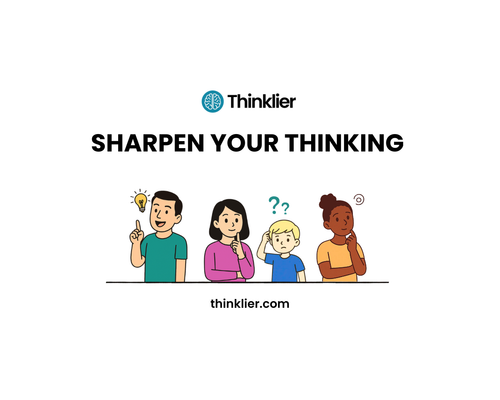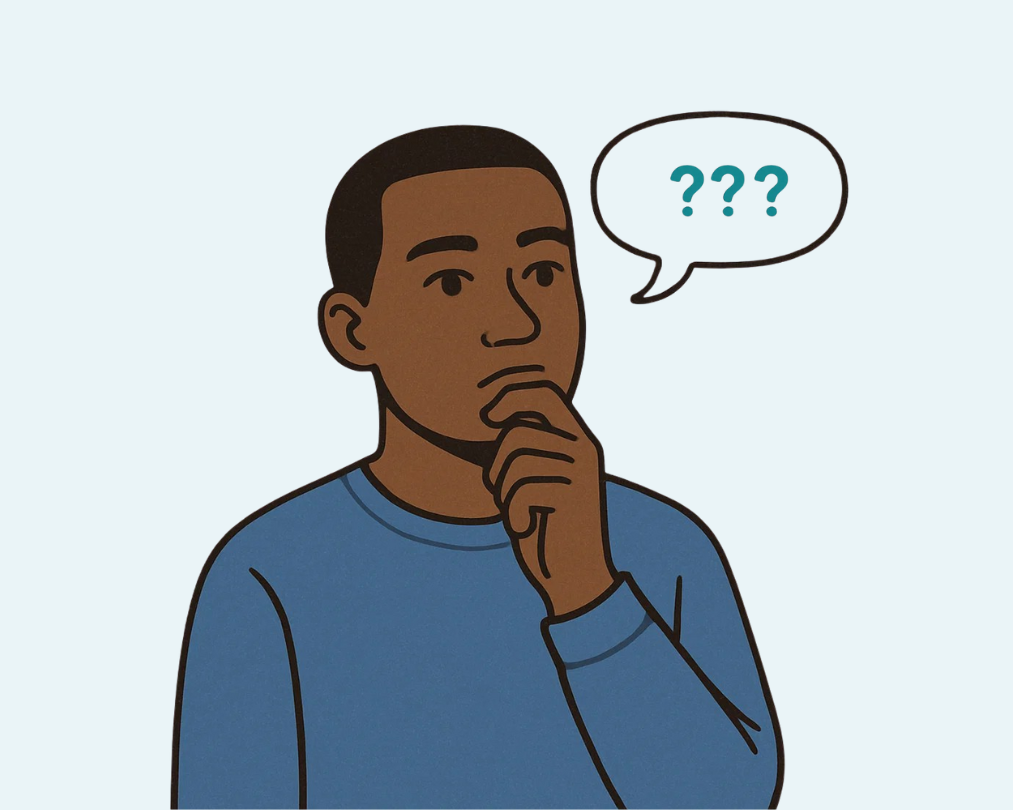Lesson 7: Slow down: the power of pausing before judging
From The Thinking Toolkit
Snap judgments are tempting — but costly. This lesson helps you build the habit of slowing down and thinking more clearly before reacting.
You read a headline. Your gut reacts.
You see someone’s expression. You assume what they meant.
You hear a friend’s story and jump in to give advice.
It all happens in milliseconds.
That’s your fast brain at work. And it’s brilliant — for danger, speed, and survival.
But not always for clarity.
In an age of hot takes and snap judgements, slowing down is a superpower.
System 1 vs. System 2
Psychologist Daniel Kahneman describes two modes of thinking:
- System 1 is fast, automatic, and emotional.
- System 2 is slow, deliberate, and analytical.
We need both. But most bad thinking happens when we rely too heavily on System 1 — reacting, assuming, and shortcutting.
Slowing down helps us activate System 2, where critical thinking begins.
Why we rush
We don’t like uncertainty. We want quick closure, tidy stories, and clean labels.
So we judge fast — even when we don’t mean to.
The pause doesn’t come naturally.
It’s a discipline. But it changes everything.
What slowing down does
When you pause, you create space.
- Space to notice your assumptions.
- Space to question your reaction.
- Space to ask, “What else might be true?”
It’s in that space that better thinking — and better decisions — take root.
A simple habit: the mental comma
Before reacting to a message, a post, or a disagreement, insert a pause — a tiny mental comma.
Ask:
“What if I’m wrong?”
“What am I missing?”
“Do I really understand what’s going on here?”
Just five seconds of stillness can prevent hours of misunderstanding.
Mini challenge: pause before response
Pick a moment today to deliberately pause before reacting.
It could be:
- An email that irritates you
- A headline that confirms your belief
- A story that pushes your emotional buttons
Pause. Breathe. Ask a question. See what shifts.
In short
Fast thinking isn’t bad — it’s just incomplete.
In a world wired for speed, learning to pause is one of the most powerful thinking habits you can build.
It gives you time to reflect, question, and choose — instead of just reacting.
Don’t forget the companion workbook
To get the most out of this lesson, download the workbook — it gives you space to reflect and one simple habit to build.
Next up






